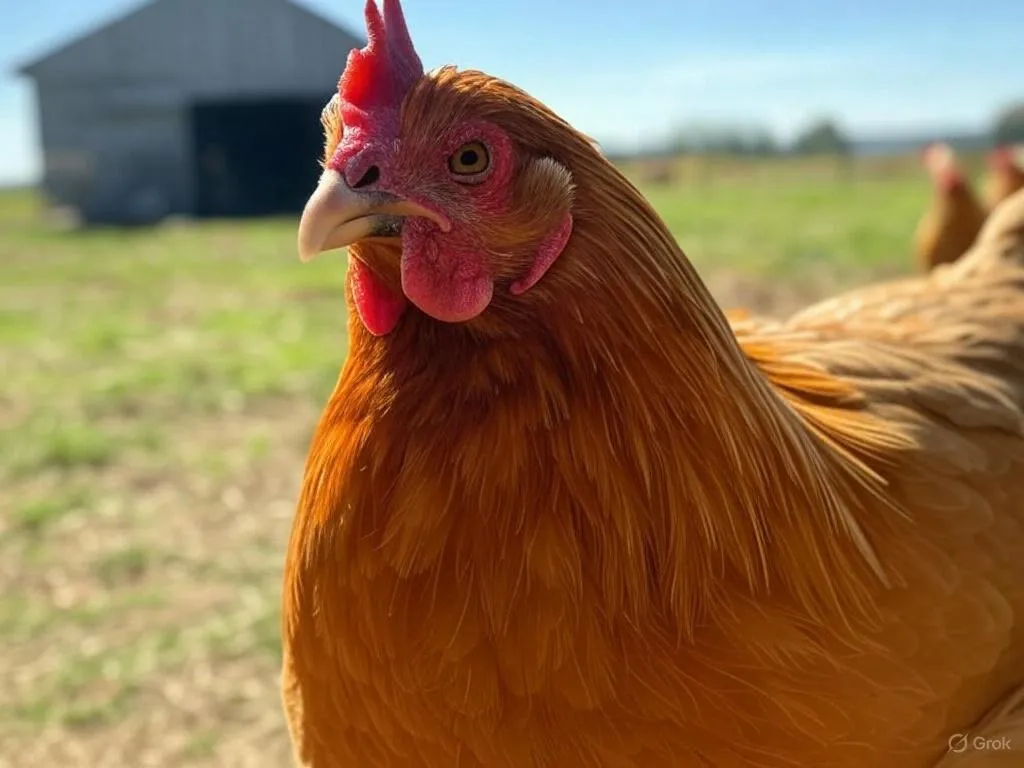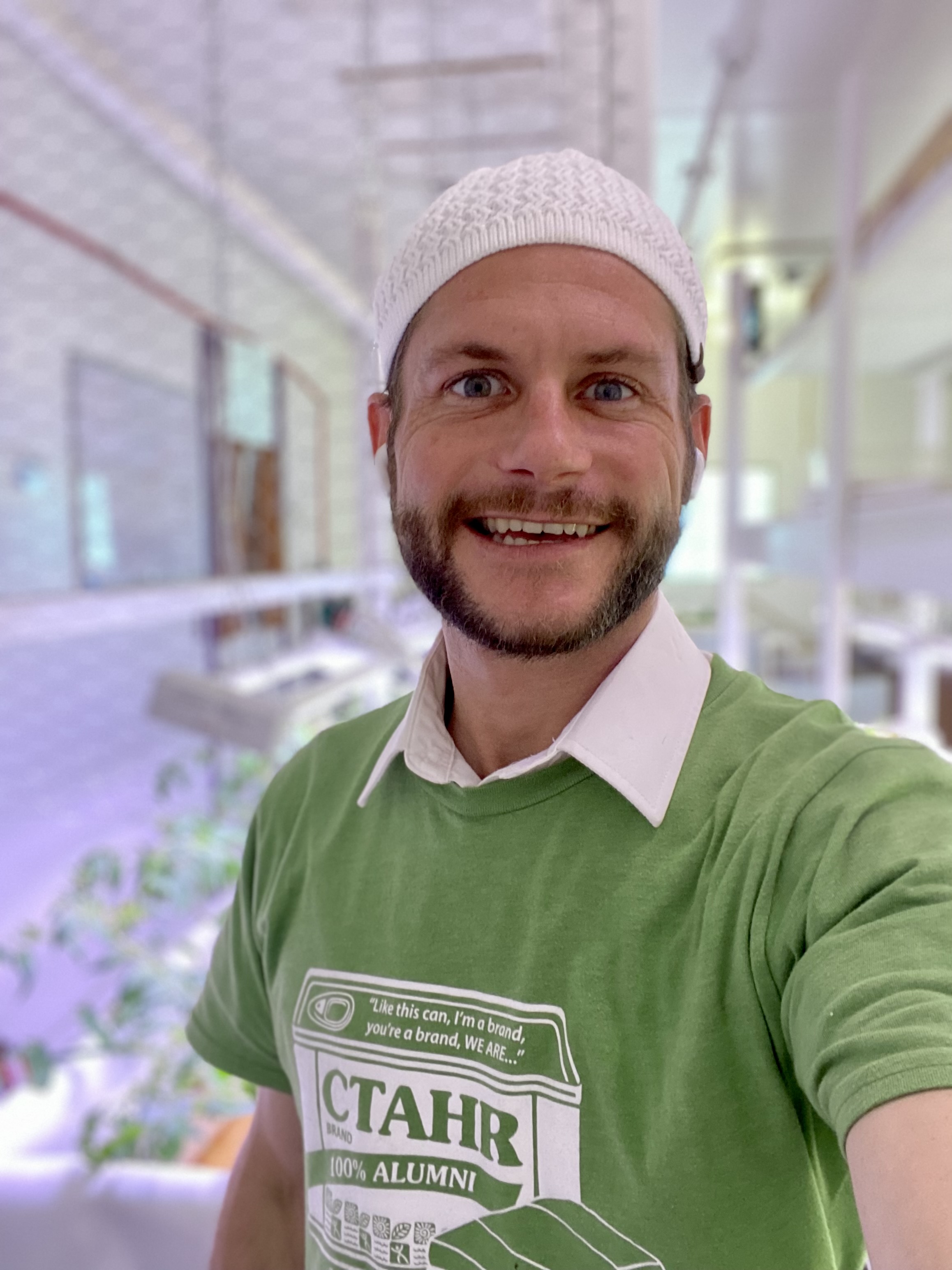
How Can You Tell If a Chicken is Happy?
I used to wonder if my chickens were happy.
I mean, they weren’t dogs. They didn’t wag their tails or jump up when they saw me. They didn’t purr like a cat or roll over for a belly rub. So, how could I tell?
It was one of those questions that nagged at me in the early days of raising chickens. I knew the basics—keep them safe, keep them fed, make sure they had fresh water and enough space to roam. But I wanted more than that. I wanted them to thrive, not just survive.
The first few weeks, I spent a lot of time watching.
Morning, afternoon, evening—I’d sit and observe, trying to figure out what their behavior meant. I’d see them scratching, flapping, stretching their wings, and making all sorts of little noises.
Were they happy? Or just… existing?
Then one evening, something shifted.
I sat on the porch as the sun dipped below the trees, sipping my coffee and watching my little flock settle in for the night. There was no noise, no panic, no pacing.
They just were.
Some were still scratching through the dirt, hunting for one last bug before bedtime. Others were preening, gently running their beaks through their feathers, smoothing them out before hopping onto the roost. A few were already dozing, eyes half-closed, their little bodies fluffed up against the evening chill.
And that’s when it clicked.
Happiness, for a chicken, isn’t loud or frantic. It’s calm. It’s contentment.
A happy flock isn’t running around in a panic. They aren’t squawking, screaming, or hiding in the corners of the coop. They aren’t pecking each other bloody or pacing back and forth like something is wrong.
They just… exist, calm and unbothered, exactly as they were meant to.
And once I realized that, I started paying attention in a different way.
A happy chicken scratches. A happy chicken takes dust baths, flops onto her side in the sun, and stretches her wings just because it feels good. A happy chicken makes soft, gentle noises as she forages—low clucks and murmurs, little whistles and hums.
They aren’t needy. They don’t demand attention.
They’re just at peace with their surroundings.
And once you know what a happy chicken looks like, you’ll also know when something is off.
The Signs of an Unhappy Chicken
A few months into keeping chickens, I could feel when something wasn’t right.
The air in the coop was different.
Instead of soft clucking, there was silence. Or worse—constant, high-pitched squawking.
Instead of wandering freely, they huddled together in one spot, unsure of what to do.
Instead of pecking at the ground, scratching and searching, they were pacing back and forth, nervous and unsettled.
And every time, it meant something was wrong.
Sometimes, the problem was obvious—a predator had been sniffing around at night, or one of the hens had gotten hurt, and the others were acting on edge.
Other times, it was more subtle.
A lack of space, boredom, bullying in the pecking order—things that weren’t immediately dangerous but still disrupted their natural rhythm.
But the worst kind of unhappiness?
Isolation.
A chicken that pulls away from the flock hides in the corner, and doesn’t eat or move normally—that’s when I knew something was truly wrong. Chickens are social creatures. Even the ones who don’t like being touched still want to be with the flock.
And that led me to the next question: What role did I play in their happiness? Did they want to be handled? Held? Did they need human interaction at all?
How Often Should You Hold Your Chickens?
When I first got chickens, I wanted them to be lap birds.
I had seen the photos—hens perched on people’s shoulders, cuddled up in their arms, following them around the yard like little feathered puppies.
That’s what I wanted.
So I handled them constantly.
Every day, I’d pick them up, stroke their feathers, and let them sit in my lap for a few minutes before setting them down. Some tolerated it. A few seemed to enjoy it.
But there were always a couple who wanted nothing to do with it.
And the more I handled them, the more I realized something:
Not every chicken wants to be held.
At first, I resisted that idea.
I thought they’d get used to it if I held them more. That they’d warm up to me over time.
But the truth is, chickens have personalities. Some are naturally friendly and love attention. Others are independent, aloof, and prefer to do their own thing.
So I backed off.
Instead of forcing myself into their space, I sat near them when they foraged. I’d toss out a handful of scratch, let them eat near my boots, and be still.
Over time, they got curious.
One would peck at my shoelaces. Another would hop onto my leg. Slowly, they started approaching me, rather than the other way around.
The ones who liked being held, I held. The ones who didn’t, I let be.
It turned out, I didn’t need to hold them often—I just needed to be part of their world.
Chickens don’t love the way humans do. They don’t crave affection like a dog and won’t cuddle up with you like a cat.
But they recognize who belongs.
And if you spend enough time with them—without forcing yourself on them—they’ll come to trust you.
That’s how you know they’re happy. Not because they let you pick them up whenever you want, but because they chooseto be near you.
They relax when you walk through the yard. They come running when they hear your voice. They follow you, even when you don’t have food in your hand.
That’s trust. That’s peace. That’s a happy chicken.
And that’s exactly what we should be building—not just with our flocks, but with our food systems.
For too long, we’ve been told that farming is about control—control the animals, control the land, control the seed.
But real farming? It’s about understanding.
